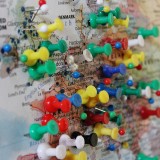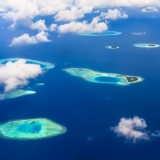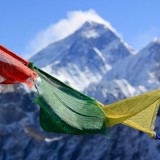Revealed: The LARGEST Country in Africa 2025 | Ranked by Size + Population
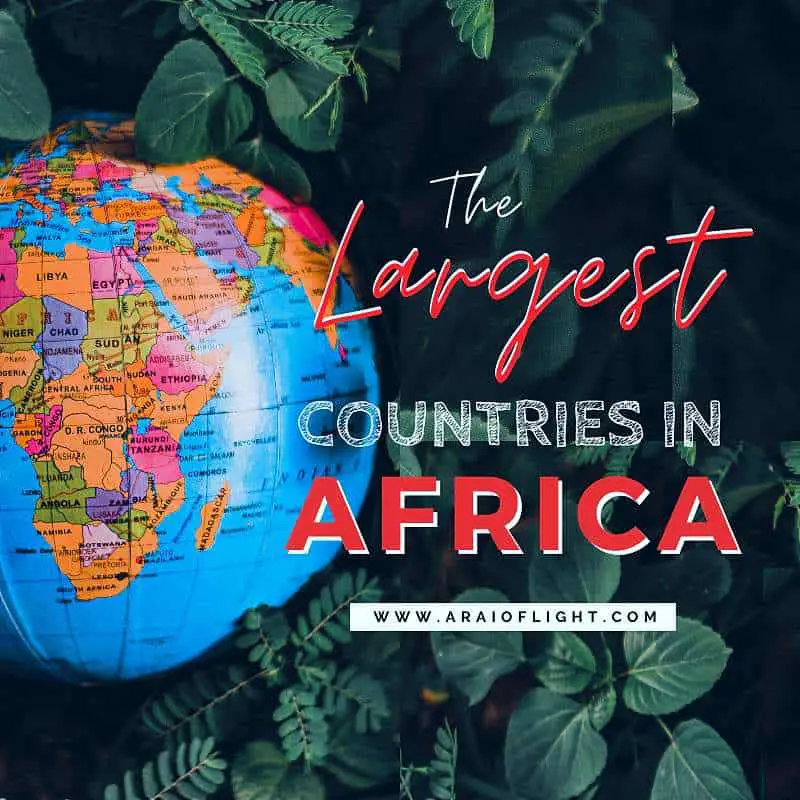
The continent of Africa is huge! But, you knew that already, right? Occupying a total land area of over 30.37 million km² or 11.7 million mi², Africa is the world’s second largest continent. Africa is so large that it covers more than a fifth of the land area on Earth. The continent is also home to more than a billion people, making it the second most populous continent in the world. It stretches across four hemispheres, and is surrounded by the Atlantic Ocean, the Indian Ocean, and the Mediterranean Sea. In this post about large African countries you will discover the size of the different countries on the continent as well as learn what is the biggest country in Africa.
Ready? Let’s go...
>> Read next:
- Revealed: the smallest country in Africa
- Ranked: The richest African countries
- Check out this complete list of African countries in 2024
- The best quotes about Africa to inspire you
- Your guide to the safest African countries
- The most famous landmarks in Africa found on the continent
- Here are the 10 best countries to visit in Africa in 2024
- Revealed: Where to find the best sunset in Africa
- List of capital cities in Africa
Quick summary:
What are the largest countries in Africa in 2024?
>> Largest country in Africa by area: Algeria
>> Largest landlocked country in Africa by area: Chad
>> Biggest country in Africa in terms of population.: Nigeria
>> Biggest landlocked country in Africa by population: Ethiopia
>> Largest island country in Africa: Madagascar
Continue reading to discover all the details and numbers…
10 BIGGEST COUNTRIES IN AFRICA RANKED BY AREA
Africa largest country list: Let’s dive right in.
First up…
1 | Algeria — size: 2,381,741 km²
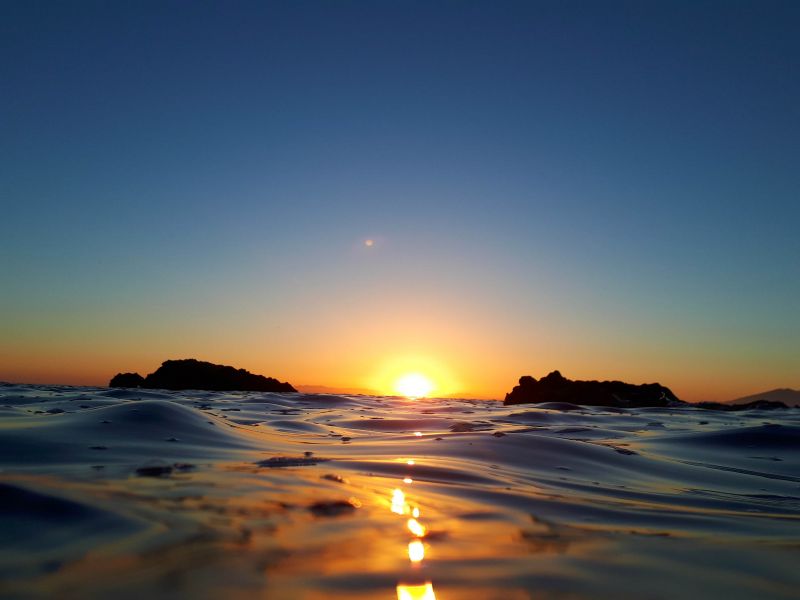
Size: 2,381,741 km² (919,595 mi²)
Region: North Africa
Population: 45,277,859
Algeria, located in the Maghreb region of western North Africa, is the biggest African country. The Sahara desert occupies much of this predominantly Muslim country. It is bordered by the Mediterranean Sea in the north and many African countries that include Morocco and Western Sahara to the west, Niger, Mauritania, and Mali to the south, and Libya and Tunisia to the east.
Algeria was born in 1962 when it gained independence from France, following the Evian agreements and the self-determination referendum, after an eight-year war.
>> Read next:
The 100 best African songs to get you in the mood
2 | Democratic Republic of the Congo — size: 2,344,858 km²
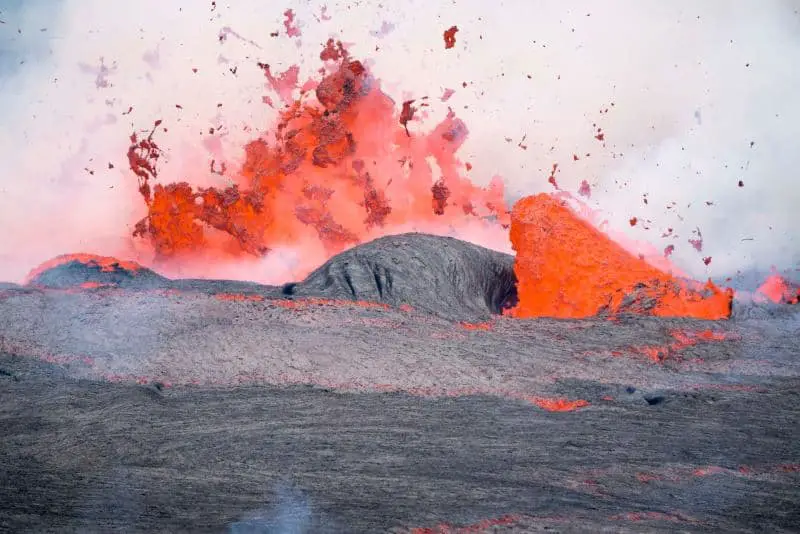
Size: 2,344,858 km² (905,355 mi²)
Region: Central Africa
Population: 94,480,277
Taking the runners up spot on this list of the largest countries in Africa is the Democratic Republic of Congo. This country in Central Africa is among the most resource-rich countries on Earth, with an abundance of gold, tungsten, tantalum, and tin.
Belgian colonization of the DRC began in 1885 when King Leopold II founded and ruled the Congo Free State. The country achieved independence from Belgium on 30 June 1960 following an uprising by the Congolese people.
>> Read next: More inspiration in the form of these
powerful African proverbs
3 | Sudan — size: 1,861,484 km²
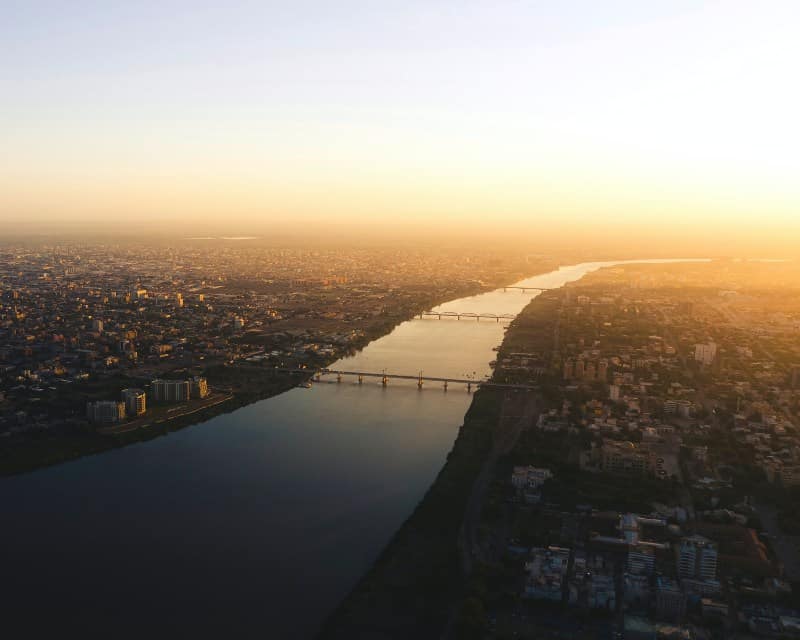
Size: 1,861,484 km² (718,723 mi²)
Region: North Africa
Population: 45,696,479
Sudan, with an area of 2,505,813 km² (967,500 sq mi), was formerly the largest country in Africa, until South Sudan formally split from it in 2011.
Sudan is a country in Northeast Africa, bordering the Red Sea as well as a handful of countries of Africa that include Egypt, Ethiopia, Eritrea, Central African Republic, Chad, Libya, and South Sudan.
Sudan became a colony of the UK and Egypt, between 1899 and 1956, through a dual colonial government known as the Anglo-Egyptian Condominium. It formally attained its independence on January 1, 1956 with Ismail al-Azhari as its leader.
4 | Libya — size: 1,759,540 km²
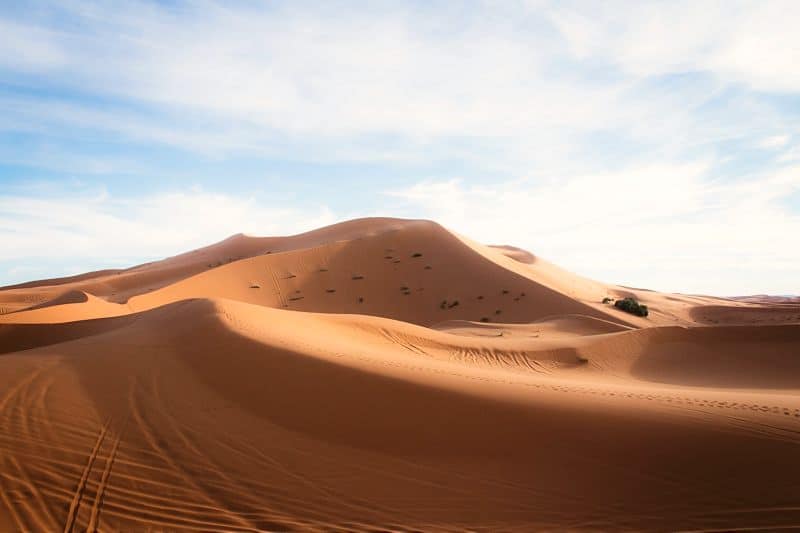
Size: 1,759,540 km² (679,362 mi²)
Region: North Africa
Population: 7,039,683
Libya is a country in the Maghreb region of Northern Africa. It is adjacent to the Mediterranean Sea and bordered with Egypt, Sudan, Chad, Niger, Algeria, and Tunisia.
Libya had been a semi-independent province of the Ottoman Empire from 1711 to 1835, an Italian colony from 1912 until 1947, and under British and French occupation from 1943 to 1951. The country independent as a kingdom on December 24, 1951 following a declaration by King Idris I.
5 | Chad — size: 1,284,000 km²
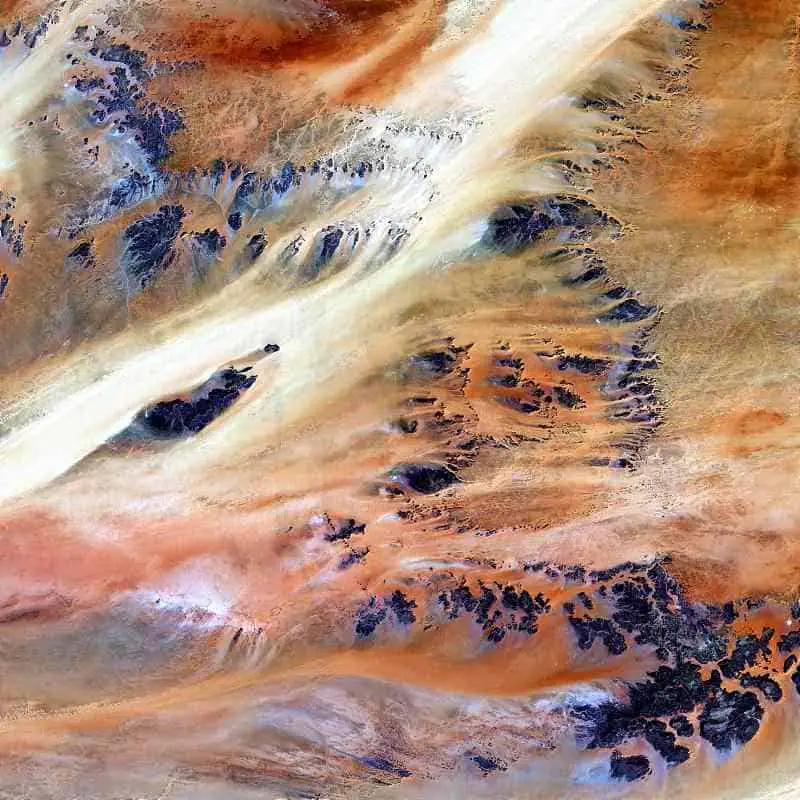
Size: 1,284,000 km² (495,755 mi²)
Region: Central Africa
Population: 17,276,107
Next up we head to the landlocked country of Chad found at the crossroads of North and Central Africa.
It is bordered by Libya to the north, the Central African Republic to the south, Cameroon to the south-west, Sudan to the east, Nigeria to the southwest, and Niger to the west.
Chad attained its independence from France on August 11th 1960 and is the largest African country that is landlocked.
6 | Niger — size: 1,267,000 km²
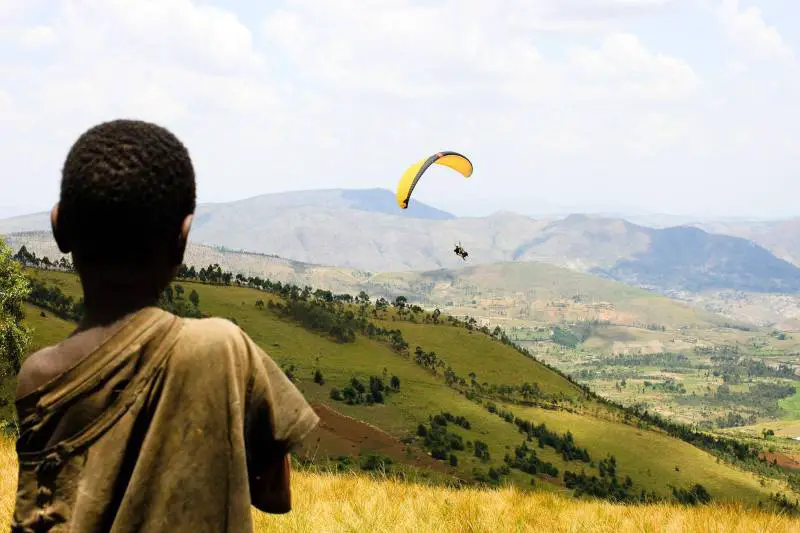
Size: 1,267,000 km² (489,191 mi²)
Region: West Africa
Population: 25,789,297
Niger is another landlocked country in West Africa. Named after the Niger River that flows through this unitary African state, it is surrounded by Libya, Chad, Nigeria, Benin, Burkina Faso, Mali, and Algeria.
Niger was incorporated into French West Africa in 1896. Despite frequent rebellions, it was made a colony in 1922. In 1958, the territory became an autonomous republic within the French Community. On 3 August 1960 Independence was finally declared under the leadership of Hamani Diori.
7 | Angola — size: 1,246,700 km²
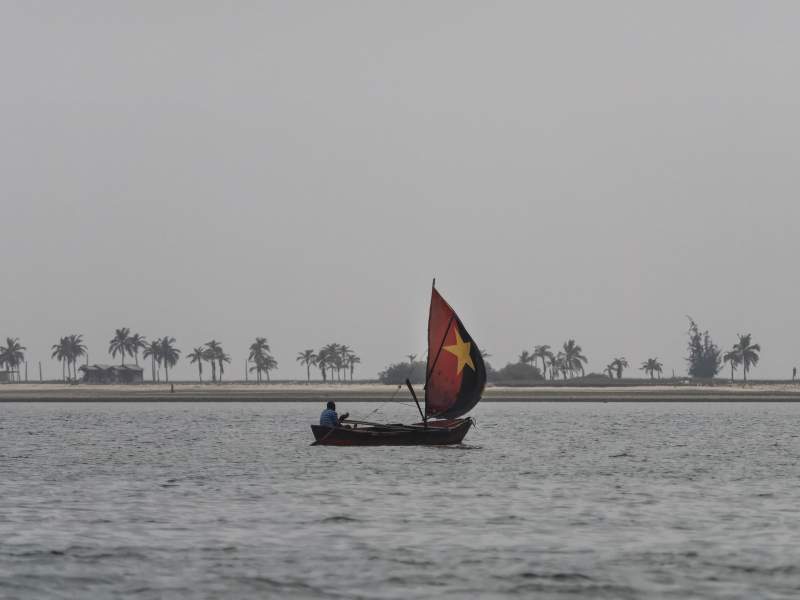
Size: 1,246,700 km² (481,354 mi²)
Region: Central Africa
Population: 34,715,954
Angola is a country located in the southern region of Central Africa. It is bordered by the Atlantic Ocean to the west, Namibia to the south, the DR Congo to the north, and Zambia is its neighbor to the east.
With an area greater than 480,000 mi², Angola is the largest African country that is situated completely south of the equator.
This vast region with a long coastline and central plateau was first inhabited at about 25 000 years BCE. The colonial conquest of Angola by the Portuguese lasted for almost 400 years. The Portuguese withdrew from Angola in November 1975.
8 | Mali — size: 1,240,192 km²
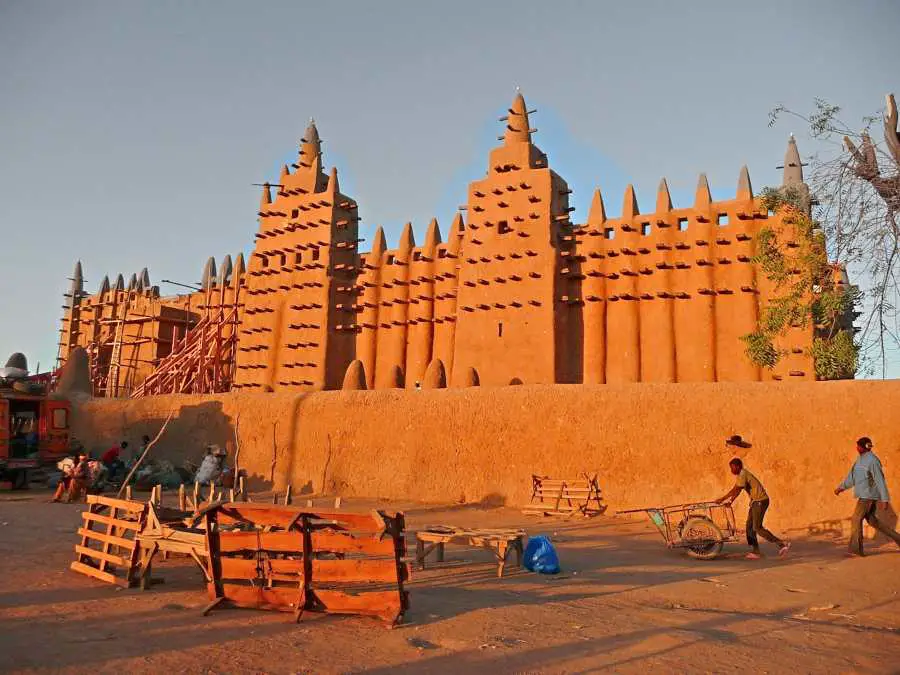
Size: 1,240,192 km² (478,841 mi²)
Region: West Africa
Population: 21,307,810
Mali is a landlocked country in the west African Saharan and Sahelian regions.
The Mali Empire had a long and rich history and it controlled important trade routes across the Sahara Desert to Europe and the Middle East. The country fell under French colonial rule in 1892. On 31 March 1960 France agreed to the Federation of Mali becoming fully independent. On 20 June 1960 the Federation of Mali became an independent country and Modibo Keïta became its first President.
9 | South Africa — size: 1,221,037 km²

Size: 1,221,037 km² (471,445 mi²)
Region: Southern Africa
Population: 60,662,476
South Africa is a country on the southernmost tip of the African continent. It has a coastline that stretches for over 2,500 km (1,553 mi) along the South Atlantic and the Indian oceans.
The San and Khoisan were the first inhabitants of southern Africa, living here for at least 30,000 years. They are believed to be not only the oldest African tribe, but quite possibly the world’s most ancient race.
The first European settlement in South Africa was established by the Dutch East India Company in 1652, to supply passing ships with fresh produce. The British also wanted to control South Africa because it was one of the trade routes to India as well as because of its resources of gold and diamonds. In 1934, South Africa became a fully sovereign nation state within the British Empire, following the Status of the Union Act.
The country gained independence on 31 May 1961, becoming the Republic of South Africa.
10 | Ethiopia — size: 1,104,300 km²
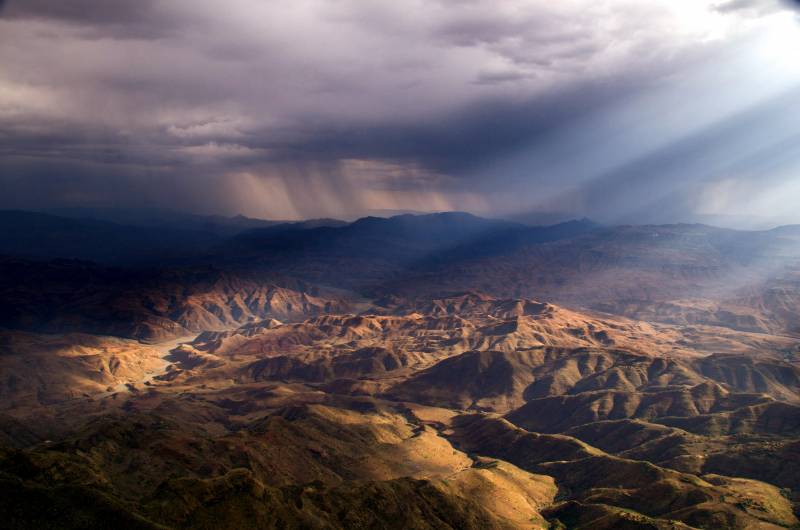
Size: 1,104,300 km² (426,373 mi²)
Region: East Africa
Population: 120,085,619
Rounding up this list of the 10 biggest countries in Africa is the East African nation of Ethiopia.
Located in the Horn of Africa, Ethiopia is a rugged landlocked country split by the Great Rift Valley. It is bordered by Eritrea to the north, Kenya to the south, Somalia to the east, Djibouti to the northeast, and South Sudan and Sudan to the west.
Originally founded in 980 BC, Ethiopia is the oldest independent nation on the African continent. The oldest country in Africa was also never colonized by a European power, but was occupied by the Italians in 1936.
>> Learn more about the world with this:
geography trivia world quiz
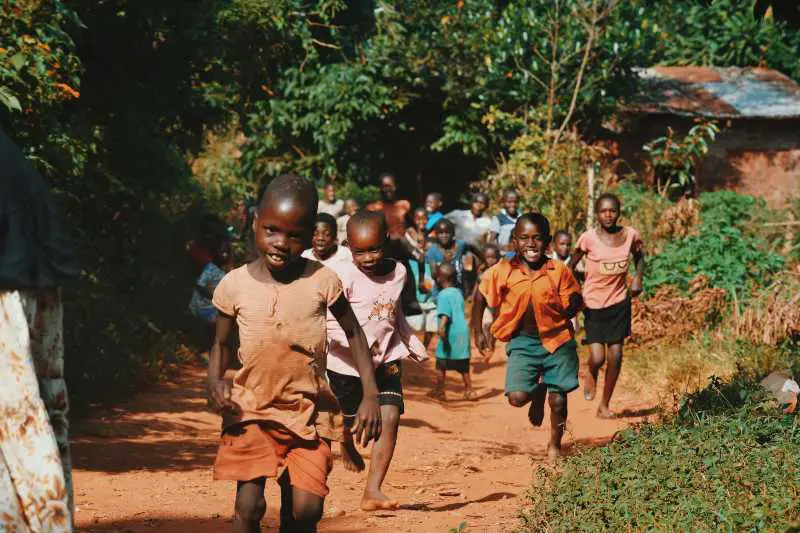
There is another way to determine what is the biggest country in Africa. This is by way of looking at the number of people that live within the country, instead of its size.
Here are the…
10 LARGEST AFRICAN COUNTRIES RANKED BY POPULATION
Africa is one of the world’s fastest growing regions.
Let’s take a look at these population numbers to see which are the largest countries in Africa based on population numbers.
Which African country is the largest by population?
1 | Nigeria — population: 225,933,058
Population: 225,933,058
Population density: 226 per km2 (586 people per mi²)
Population growth rate: 2.5%
Median age: 18.1 years
Nigeria is the most populated African country with a population of more than 200 million and growing. This makes Nigeria the largest African country.
Here are the rest of the biggest countries in Africa:
2 | Ethiopia — population: 127,796,959
Ethiopia is the biggest landlocked country in Africa by population
Population: 127,796,959
Population density: 115 per km2 (298 people per mi²)
Population growth rate: 2.53%
Median age: 19.5 years
3 | Egypt — population: 113,422,993
Population: 113,422,993
Population density: 103 per km2 (266 people per mi2)
Population growth rate: 1.9%
Median age: 24.6 years
>> Read next:
Everything you need to know before travelling to Egypt
4 | Democratic Republic of the Congo — population: 103,604,280
Population: 103,604,280
Population density: 40 per km2 (102 people per mi2)
Population growth rate: 3.19%
Median age: 17.0 years
5 | Tanzania — population: 68,224,458
Population: 68,224,458
Population density: 67 per km2 (175 people per mi2)
Population growth rate: 2.93%
Median age: 18.0 years
6 | South Africa — population: 60,657,233
Population: 60,657,233
Population density: 49 per km2 (127 people per mi2)
Population growth rate: 1.19%
Median age: 27.6 years
7 | Kenya— population: 55,537,222
Population: 55,537,222
Population density: 94 per km2 (245 people per mi2)
Population growth rate: 2.24%
Median age: 20.1 years
8 | Uganda — population: 49,115,468
Population: 48,342,573
Population density: 229 per km2 (593 people per mi2)
Population growth rate: 2.78%
Median age: 16.7 years
9 | Sudan — population: 48,605,714
Population: 48,605,714
Population density: 25 per km2 (64 people per mi2)
Population growth rate: 2.41%
Median age: 19.7 years
10 | Algeria — population: 45,875,259
Population: 45,875,259
Population density: 18 per km2 (48 people per mi2)
Population growth rate: 1.64%
Median age: 28.5 years
>> MUST READ:
Do you know how many countries are there in Africa. Full list here.
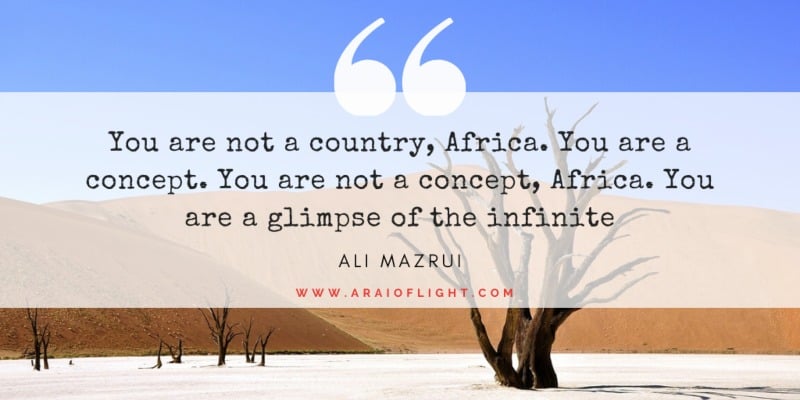
I hope you enjoyed learning more about these large African countries. Did any on this list surprise you?
Don’t forget to check out this post where the smallest nation in Africa is revealed.
>> Related reading:
- Revealed: The richest country in Africa in 2024
- 35 most weird foods found in Africa and around the world
- Be inspired with these songs about Africa and African monuments
- Your guide to the different routes on Kilimanjaro
- 100 travel questions that are fun and captivating
- Where to find the country with the best flag
- How to say hello and love in African languages
- Tips on how to be a responsible tourist
Until the next one,
Rai

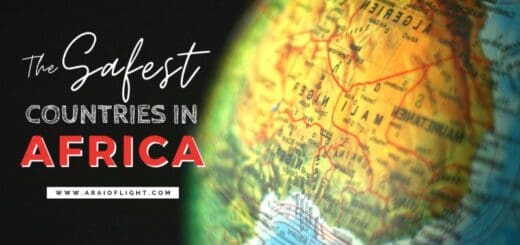

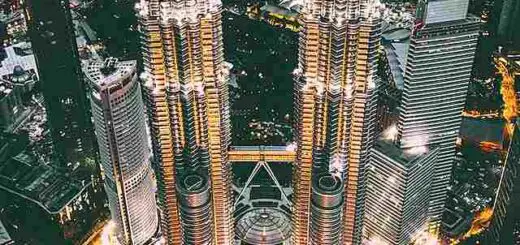
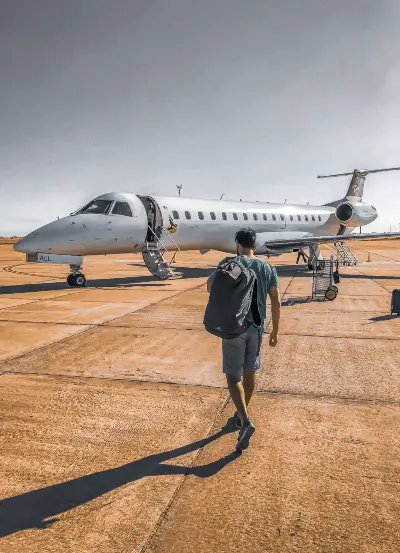 New Here?
New Here? 